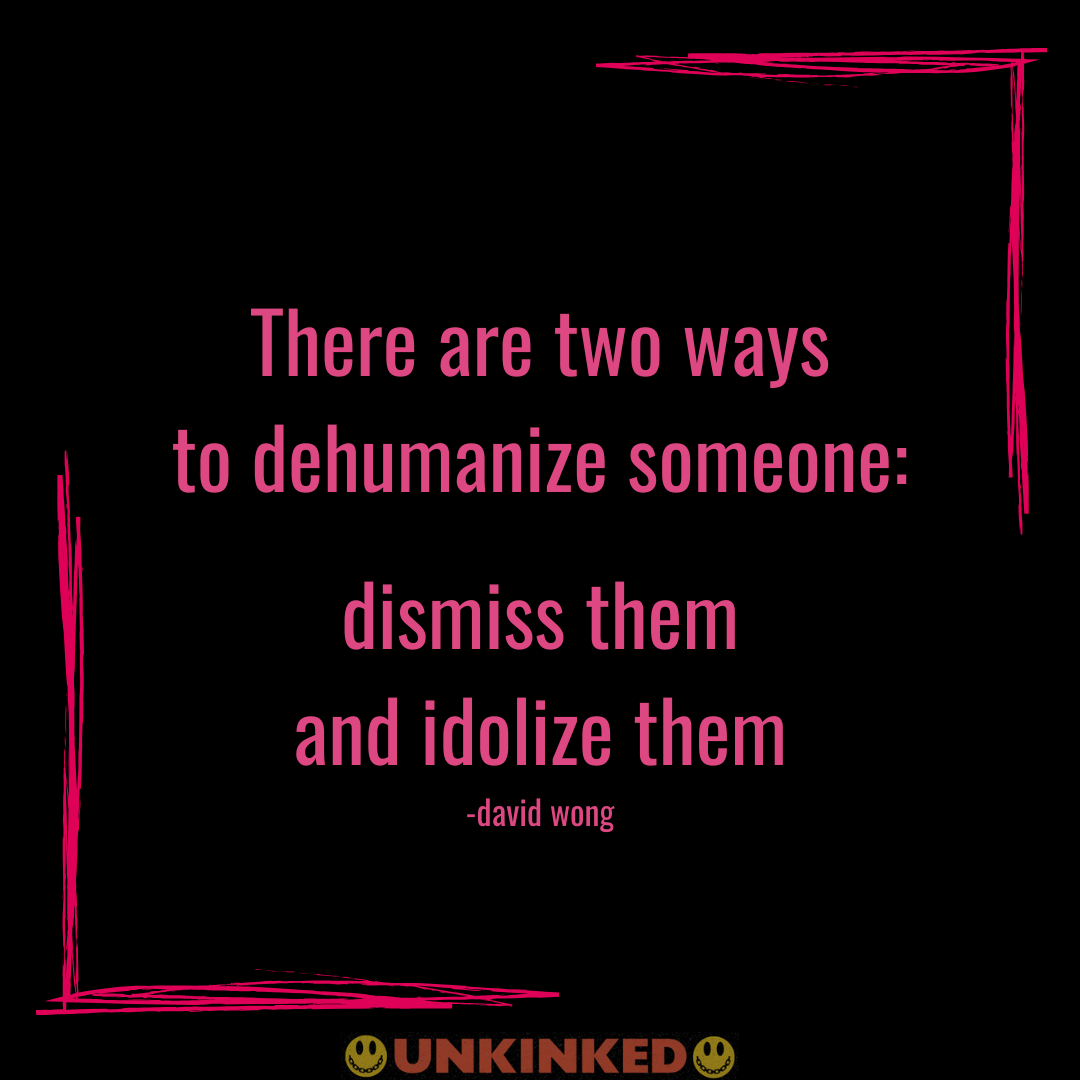dehumanization comes in many forms
Being in partnership with someone who can't or won't be your equal becomes tiresome.

As a woman-adjacent person interested in power, exploring kink found me in quite a few femdom circles. I never claimed this title, but whuff, was I shoehorned into the role plenty.
It was fun to dabble in, for a while. Few want to admit it, but a lifetime of experiencing misogyny from any direction equips you well to understand erotic domination.
But being in partnership with someone who can't or won't be your equal becomes tiresome. I lost interest in having my power fetishized rather than tacitly enjoyed.
One of the most memorable kink events I attended was a femdom panel discussion. One couple laughed relaying a protocol they had of him tithing her a bite of any food he had. Another woman teared up speaking about how how her male partner supported and served her through dealing with chronic illness.
At one point the question arose of what was most challenging in maintaining a femdom relationship style.
Across the board, it was this:
The internal struggle to accept attention and service while still seeing oneself as powerful.
This blew my mind. It also made me keenly aware of the gendered elephant in the room: Would a group of men in positions of dominance all share this same struggle? Would they have the words to name it so openly?
I was struck by how these "female dominant" kink partnerships actually seemed to represent shifts towards mutually powerful relationships. They were partnerships that were attempts to subvert the misogyny around ideas of service and devotion, interdependence and mutual care. They were still operating within the language framework of power-as-dominance, but they approached power as a kind of worthiness rather than a feeling of authority.
In my time as an educator and researcher, I heard often about studies investigating how gender impacts classroom participation. Gender norms and ingrained cultural biases around intelligence, visibility, risk-taking and many other factors typically create conditions where female students become quieter and less out-spoken than male students.
Importantly, some research also shows that when women and girls do speak and participate in equal presence in classrooms and workplaces... this gender equity is perceived as women being over-represented and "dominating."
The subversion of inequality is frequently seen as reversal of power imbalance, rather than elimination of it.
Similarly, the "femdom" relationships I encountered were described and symbolized as domination, but really seemed to be expressions of shifts toward equity.
The kink was less about male submission and more about female sovereignty (perhaps one of my first glimpses into "unkinking" in action).
The dynamic became a way to explicitly prioritize a woman's expression of power in the relationship, in a culture where that power is tacitly denied or minimized.
This is where I always say "Language is important" though...because without more nuanced ways of understanding power, this distinction is invisible.
There is no real way to discern between a "femdom" relationship that is about sovereignty and a femdom relationship that is about a woman mirroring male dominance and subjugating her partner.
Given how the abuse of men is culturally dismissed, an unavoidable outcome when the power of women is likewise dismissed, using D/s terminology for healthy partnerships is a recipe for confusion, isolation, and real harm.
When we use the language of violence in our attempts at healthy relating, how can we name real harm when it happens?





